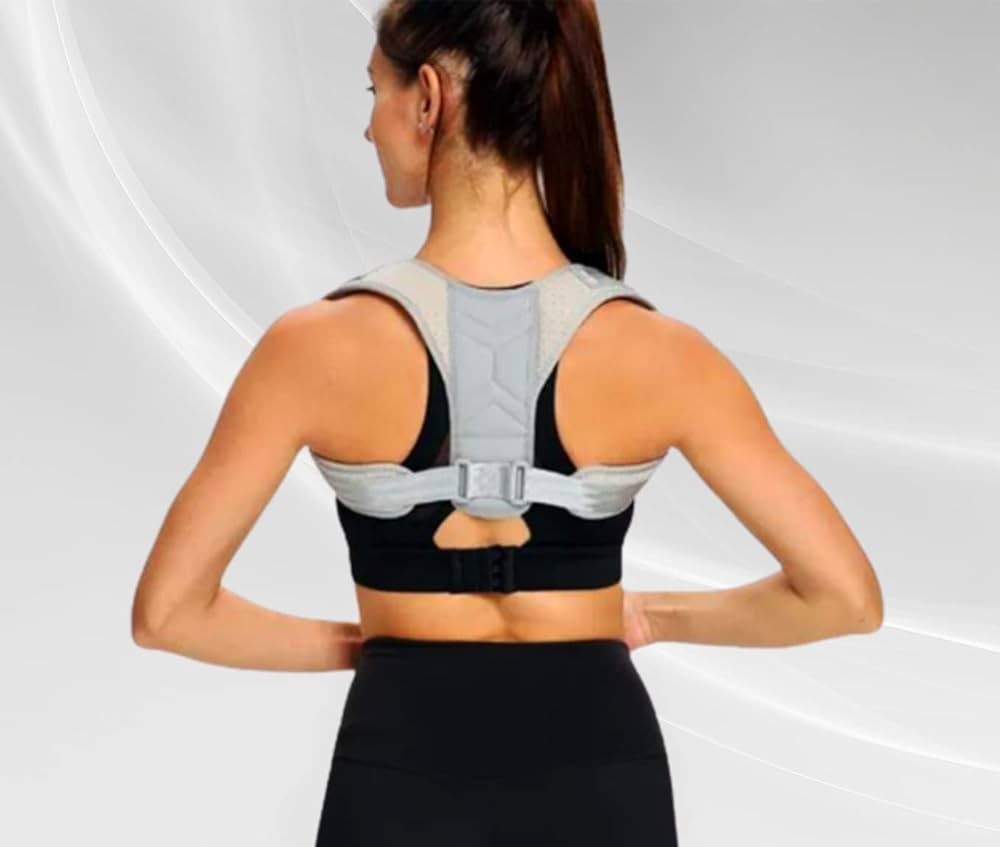Good body posture helps build one’s confidence. It doesn’t merely contribute to a pleasing appearance, but also plays a crucial role in preventing various health problems and promoting physical comfort. Wearing the does good posture make you taller regains the natural alignment of the backbone to have a straight spine.
How do you achieve a pleasing posture?
It is a habit that greatly benefits physical health and overall appearance. Posture correctors are devices designed to help improve and maintain good posture by providing support and reminders to keep the body in proper alignment. While posture correctors can be a helpful tool, use them correctly and in conjunction with other posture-improvement techniques. Achieve a pleasing posture with a posture corrector through the following tips:
- Choose a proper posture corrector. There are various types of posture correctors available, such as:
- braces
- straps
- shirts with built-in support
Select one that is comfortable and suitable for your body type and the specific areas of your posture that need improvement.
- Follow the instructions. Read and follow the manufacturer’s instructions for wearing the posture corrector. Ensure that you adjust it properly to fit your body comfortably and securely.
- Gradual adjustment. Start by wearing the posture corrector for short periods, such as 15-30 minutes at a time. Gradually increase the duration as the body gets used to it. Avoid wearing it for extended periods initially, as it can lead to muscle fatigue.

- Focus on muscle strengthening. While a posture corrector can provide support, it also addresses the underlying muscle imbalances contributing to poor posture. Incorporate exercises that strengthen muscles in:
- core
- back
- shoulders
- Use it as a reminder. Think of the posture corrector as a reminder to maintain good posture rather than a long-term solution. It can help train your body to recognize proper alignment.
- Combine with other techniques. Don’t rely solely on the posture corrector. Combine its use with any other posture-improvement techniques, such as:
- stretching
- ergonomic adjustments
- mindfulness of posture
- Monitor progress. Keep track of your progress by periodically reassessing your posture with and without the corrector. As your posture improves, you need the device less frequently.
Remember that posture correctors are a tool to aid in posture improvement, but they are not a permanent solution. The purpose is to train the body and develop the muscle memory required for proper alignment. Over time, you may find that you can maintain good posture without relying on the corrector as much.



